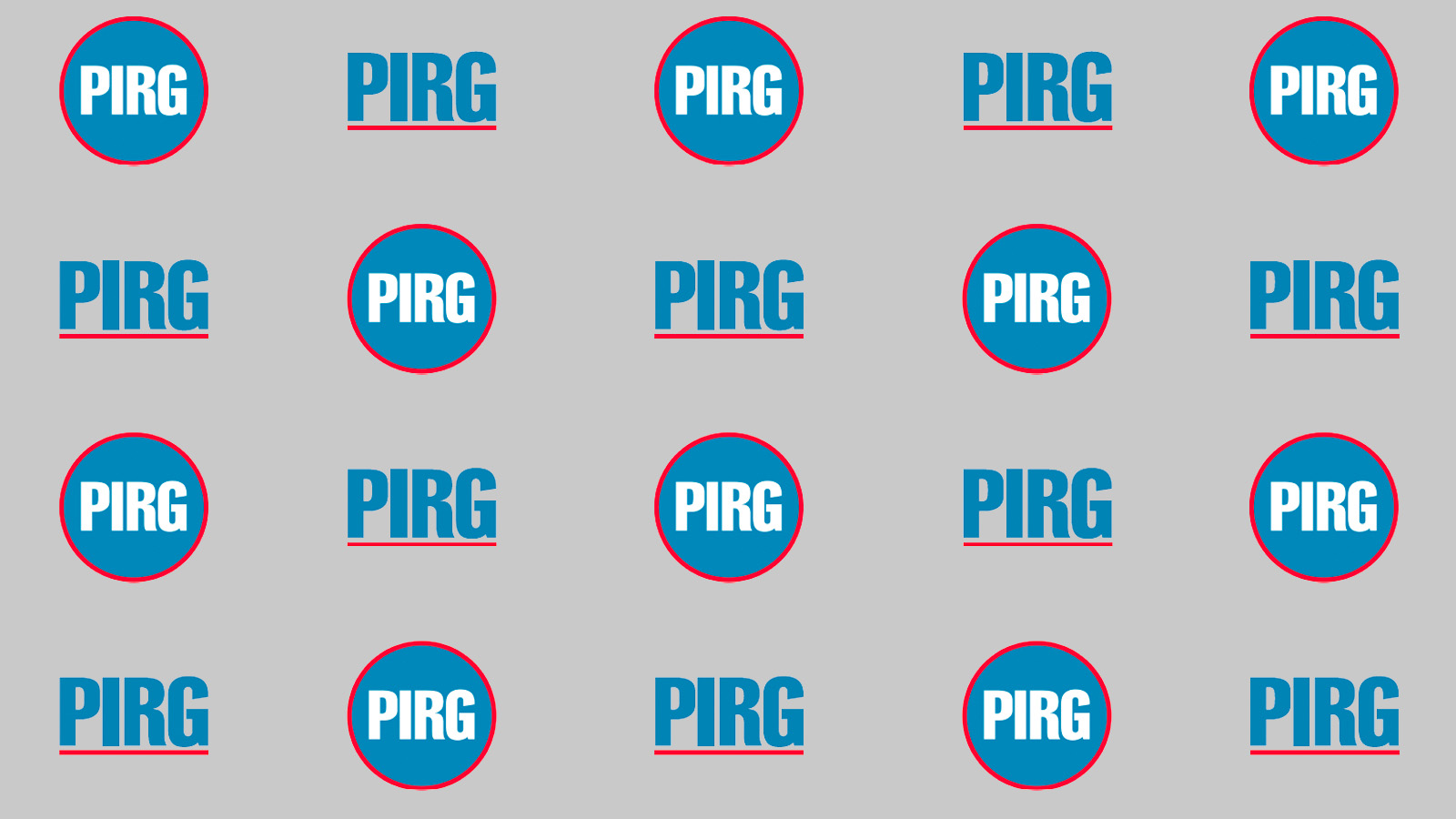
Where Do Hospitals Post Their Prices? Part 3: The Medical Mine Field of Billing and Administration
Shopping for a medical procedure shouldn’t take a rocket scientist – or an expert in health care administration. However, looking at some hospitals’ price transparency pages made me wish I had taken a class in health care administration and billing, or at least had a medical dictionary.
As explained in part 1 of this series, a new rule went into effect at the beginning of 2021 which required hospitals to post “clear, accessible pricing information online about the items and services they provide in two ways: 1) As a comprehensive machine-readable file with all items and services, 2) In a display of shoppable services in a consumer-friendly format.”[1] Not every hospital has gone far enough to make prices clear and accessible to consumers. Combined with the complexity of the medical field and health care system, it’s hard to find the cost of treatment before you go to get it. This final post will share some of the pitfalls I encountered, and provide some tips on how to read hospital websites to find the price of a procedure.





Topics
Authors
Maribeth Guarino
High Value Health Care, Advocate, PIRG
Maribeth educates lawmakers and the public about problems in health care and pushes for workable solutions. When she's not researching or lobbying, Maribeth likes to read, play games, and paint.
Find Out More

Apple AirPods are designed to die: Here’s what you should know

Consumer Protection Week 2024: Empowering Consumers in a Complex Marketplace

New report reveals widespread presence of plastic chemicals in our food

